Ultimate Guide to Managing the Construction of Canals
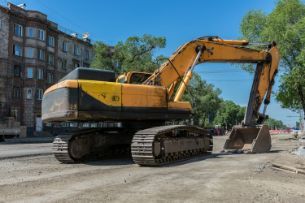
Managing the construction of canals in Wollongong is a task that involves many different factors. These include the location of the project and the structures that will be constructed. There are also particular safety and environmental considerations that you need to consider before putting your plans into action.
Cleaning and reshaping the canal prism
Several factors determine the success of treatment. The most critical factor is the elimination of pulp tissue. Another factor is the depth of spreader penetration. This is correlated with the quality of the apical seal. In addition, the size of the canal is essential for the number of irrigants that can reach the apical portion of the root canal.
To successfully treat a patient, the clinician must be familiar with various instruments and techniques. These instruments include hand instruments, hand files, rotary files, and nickel-titanium instruments. Using the right tool can significantly reduce the incidence of preparation errors. However, more is needed. A thorough cleaning is also essential to ensure successful results.
The purpose of shaping is to create a space for the obturation of the apical dentin matrix. The canal must be enlarged to a certain extent to provide adequate irrigation. This procedure should be performed concurrently with the cleaning. For example, an underdrain system intercepts groundwater that may collect in the canal. Similarly, stabilizing adjacent tributaries prevents sediment accumulation.
There are several criteria to consider when determining where to stop enlarging the canal. These include tactile sensation, knowledge of the anatomy of the apex, the ability to locate the peak with apex locators, and the interpretation of radiographic information. A continuously tapering funnel, or a tapered apex, has been shown to minimize procedural errors.
Preparing sites around canals and structures for construction
If you plan to pounce on the Wollongong construction scene, you have a lot of decisions to make. This is particularly true if you are considering a bespoke project. One of the first things you need to consider is whether or not you need to hire a contractor and, if so, which one. This is a big decision because there are so many different contractors, and you want to find the best match for your budget. It's sometimes a good idea to get some advice before making a final selection.
You should also consider the quality of the work you are about to undertake, as well as the budget you can spend. While you are at it, you should do some research into your preferred building materials and suppliers.
Replacing a drop or chute structure
A drop or chute is an architectural structure that controls water flow in a waterway. These structures are either piped or built into the earth. Some forms are functional, while others are purely aesthetic. A proper design dissipates energy without causing adverse erosive effects.
A formless chute is one of the simplest ways to control runoff. These structures are typically made of concrete and are placed against the subgrade. They are a narrowed-down version of a conventional spillway. It is a valuable tool for controlling erosion at the ends of ditch banks or in canals. They can also be employed to control the flow of runoff water in a channel.
The most obvious way to use a chute is to replace the existing outflow. This may be a ditch or highway embankment. It is usually a good idea to consider the governing body of the roadway before constructing such a structure. This is particularly important if the governing body needs to allow the landowner to control the roadway flow.
Alternatively, a more cost-effective option is to build a spout. This is the most efficient way to handle overflows and can be accomplished using relatively inexpensive material. The only drawback is that it could be more practical for large-scale applications. It is not suitable for detention structures.
The best way to decide between the structures above is to identify the site's unique attributes.
Replacing a wasteway structure
If you have a deteriorating canal, you may need to replace its wasteway structure. The new system will help to protect the channel from washing out. Also, the new form will allow water to be brought back into the canal if there is a power outage.
A wasteway is a drainage structure required at the canal's downstream ends. The wasteway may be a channel for a holding pond or a simple system for overflow.
A canal is built to transport water to a reservoir or a river. It is a complex and expensive process, requiring crossing rivers and changing altitudes.
The canal can be used for irrigation, recharging groundwater tables and allowing excess water to drain from fields. During construction, excavators remove sediment, silt, and sand bars. Topsoil is drawn to a depth of six inches. After excavating soil, the topsoil is stockpiled for use in the backfill.
The check structure is a concrete lining placed in a section of the canal to control flow. The removal of this structure will reduce the elevation of the canal.
Fences prevent livestock access to the canal
The best way to keep livestock out of the creek is to fence it. A fence can be constructed of chain-linked wire or live trees. It's also essential to have good erosion control practices in place.
A good fence will allow dairy cows to cross creeks without damaging vegetation. Using high-tensile wire will help prevent gully erosion. You should position your barriers at least 10 feet off the bank. The best option is to construct a double fence assembly. This will keep the main wall off the waterway and provide a safe spot to drop your fencing manually.
The best fence is not necessarily the most expensive to build. This is a debate that will vary depending on your farm's needs. The best way to determine the correct type of fence is to consider the landscape, water supply, and grazing plans.
Aside from keeping livestock out, it can improve water quality. In particular, it will keep stray cattle from defecating in the stream and help prevent algae blooms.
The best fencing will also provide some benefits to native fauna. It will give farmers more control over their livestock and reduce pollution of the surrounding waters.
Thanks for reading our blog. If you need help,
AR Excavation Wollongong team is eager to take on new projects. If you are interested in finding out more about the services we offer or would like to find out more about our current projects, don't hesitate to get in touch with us at 02 4202 6381 to get started!
You Might Also Like

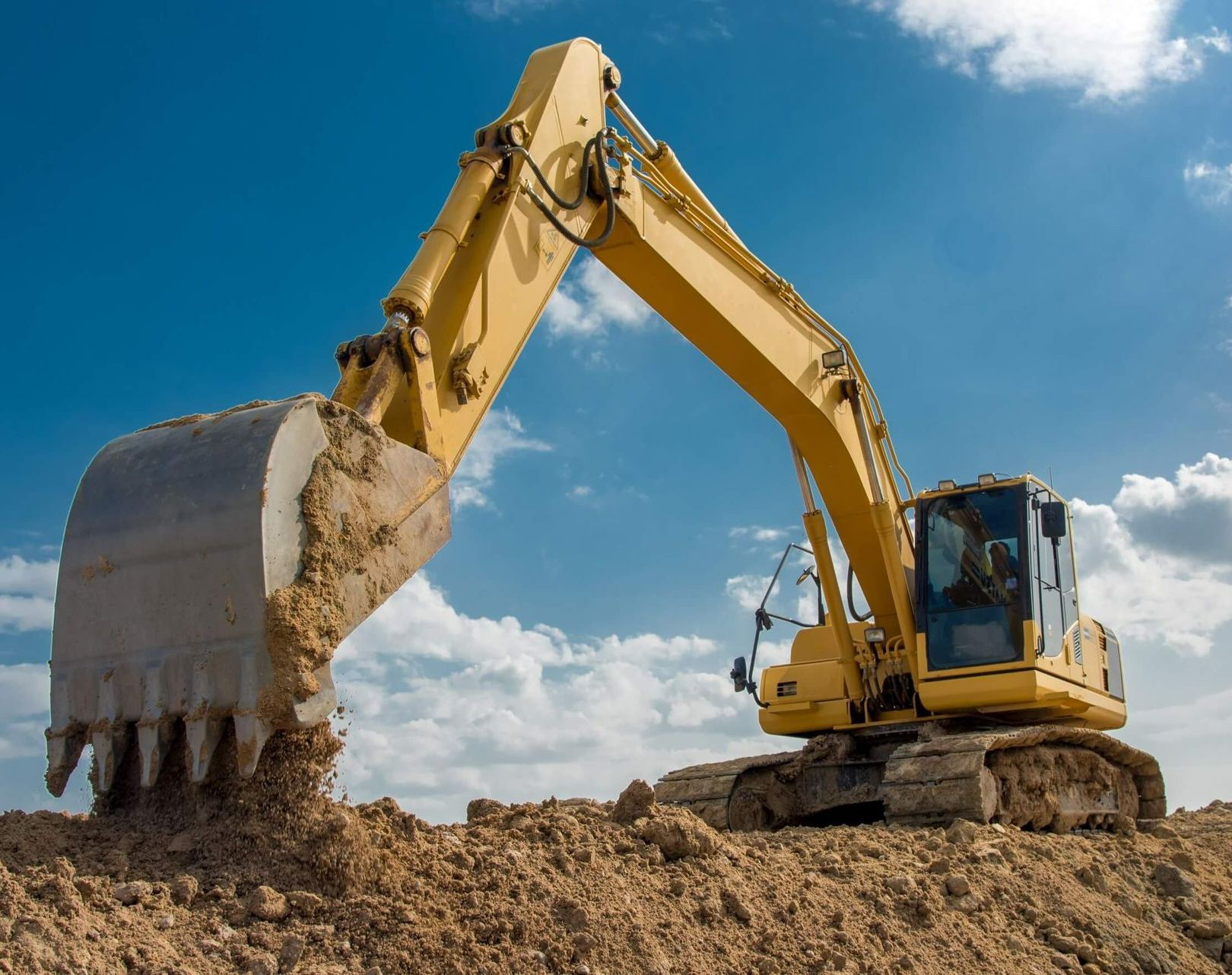


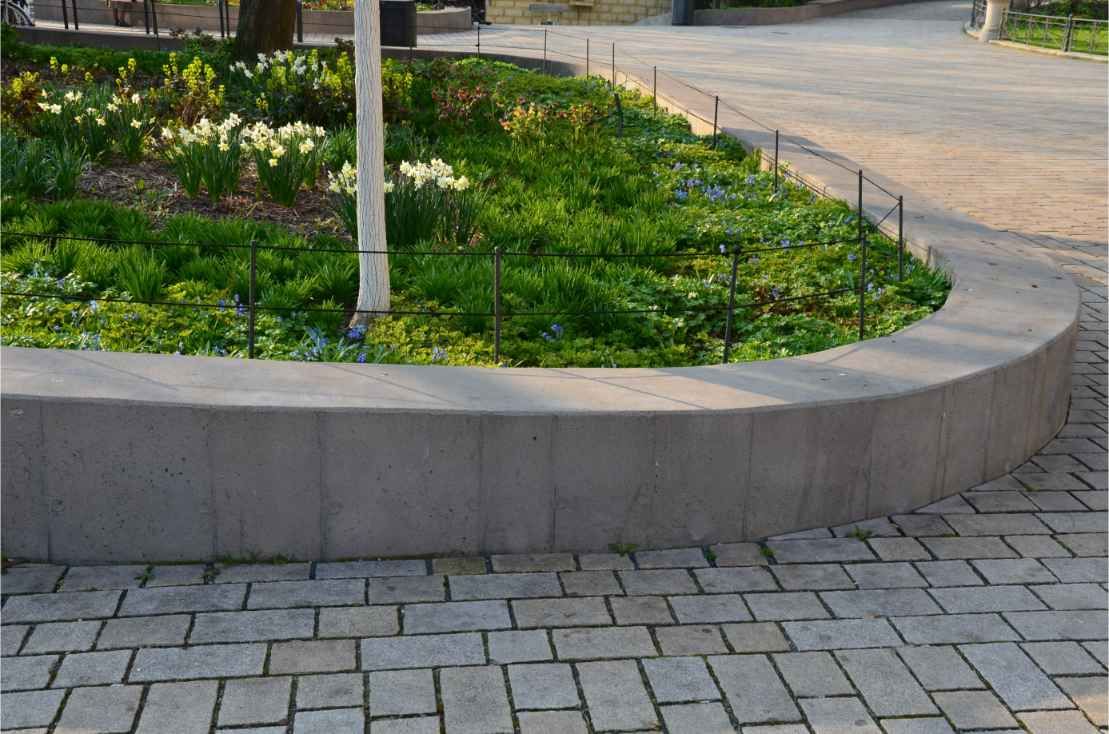
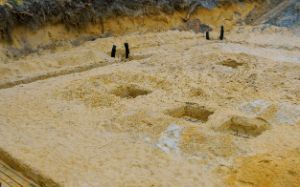
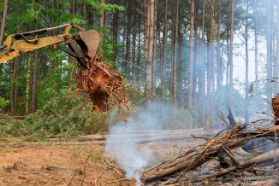
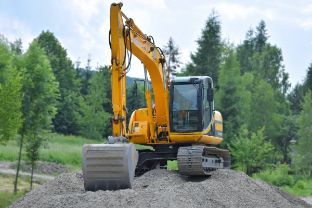
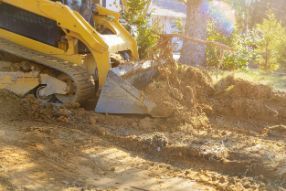
Free Instant Quote
**plus FREE bonus coupon**
Contact Form
We will get back to you as soon as possible.
Please try again later.
© 2022 AR Excavation Wollongong
This is a referral site.